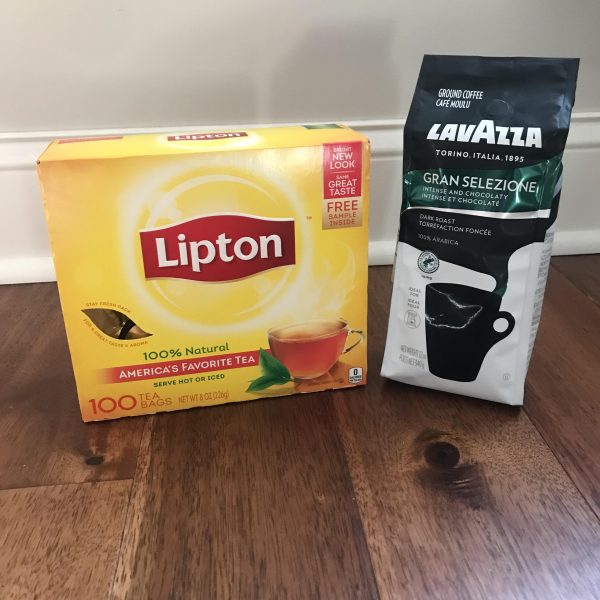Reconsider Shopping from Fast Fashion Clothing Companies
February 24, 2020
While shopping for new, trendy, and cheap clothing, most people don’t think of where it comes from, and at what cost. “Fast fashion” is a term used to describe clothes that reproduce the latest designs shown in fashion shows at a high speed and low cost. The cycle of distributing fast fashion leads to companies demanding factories to produce more clothing for a cheaper cost, so production facilities are driven to find cheaper employees who will work for longer hours. The effect this has had on the environment and workers is horrific. Although convenient for high school students due to the low cost, it’s important to avoid shopping from companies selling fast fashion clothing such as Charlotte Russe, Forever 21, Romwe, and Zaful.
Senior Brenna Thomson says that she often shops from these stores, “once every two or three weeks, but I only order one or two things.” Another senior Macy Price says that she shops from these stores “once every couple of months and I order a few things at once.” However, neither know exactly why these garments are so cheap.
According to Mind Food Style, “the conditions within the factories are dire: there might be one toilet between 75 workers; workers are entitled to very little leave – if they take extra time, they’re often docked two days of pay.” Mass fainting is common in factories due to the extreme heat. In addition to this, many health problems have been connected to inhaling fibers from fabrics. Fast fashion is also taking a toll on our environment. According to Gale In Context, By 2030, it is predicted that the fashion industry will use two Earths worth of resources, with the demand for clothing increasing by 63%. Mrs. Bates, a Pennridge science teacher, says that “it is very wasteful, because we are buying cheap goods that don’t reflect the externalities used to make them.” Additionally, due to the low quality and short life-span of trends, many people throw out the clothing. The accumulation enters the landfill, resulting in even more air, soil, and water pollution.
Some fast fashion companies claim that they recycle, but the capabilities to recycle the clothing at the scale needed for current production rates do not exist. Making old products new is often times more energy-intensive, causing more pollution from carbon emissions. We can help put fast fashion to an end by supporting local stores and products that are made in safe conditions. Small brands often produce less initially, and use a made-to-order strategy, so they are not producing more than what is sold. Another way to solve the extreme waste problems caused by short garment lifestyles is to donate and thrift clothes.









